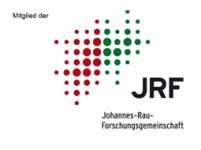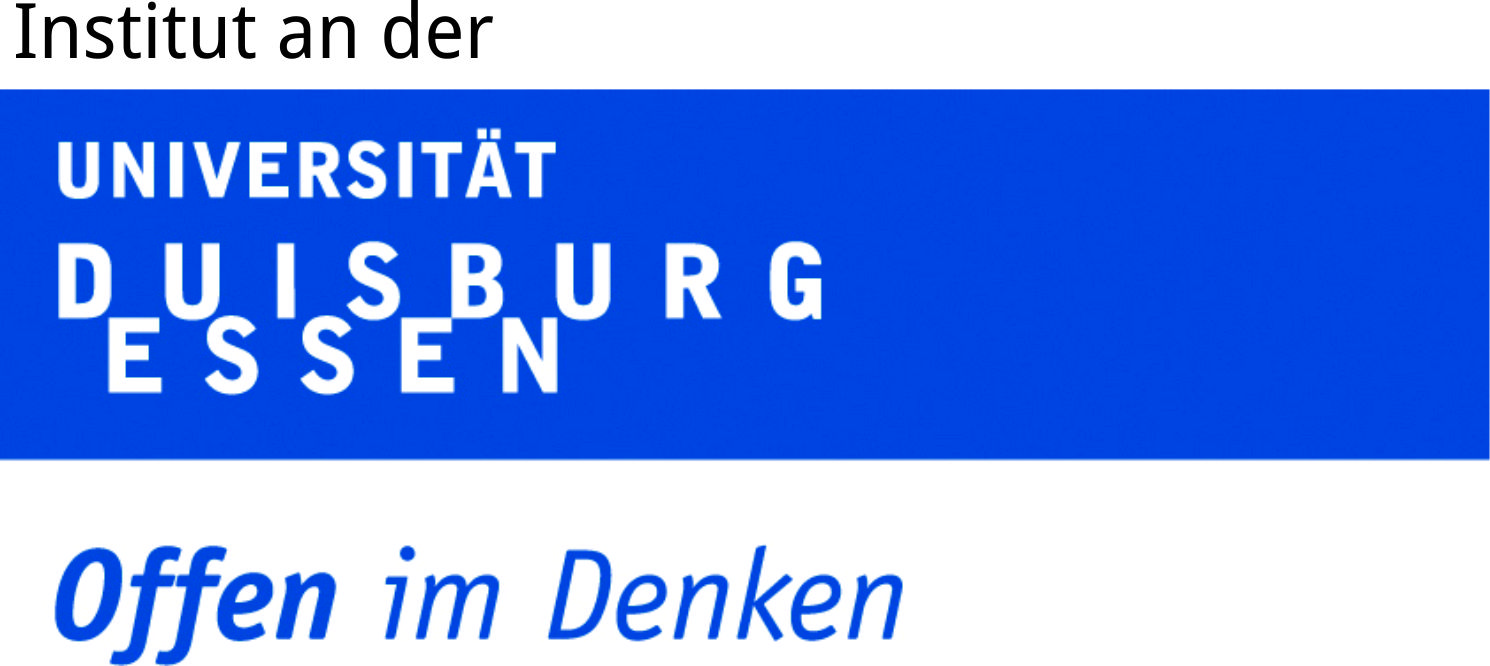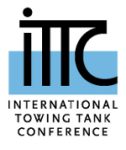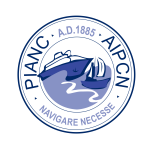The models used in the tests are mostly manufactured in the DST. As a customer you can also bring your own model, which will be equipped with the measurement sensors. On the other hand, the DST is also happy to build models on your behalf for other uses.
The first step in model manufacturing is defining the construction method and material. Small models or models, which are only allowed to have a very low empty weight, are made of fibre-reinforced plastic. For this purpose, a negative mould is created into which the fuselage is laminated.
Most models are made of Abachi wood (Triplochiton scleroxylon) which is very light and short-fibred. Rarely closed-pored model foam is also used. Both materials are ideal for machining.
Using a the waterline plan, a blank is now built from coarsely pre-cut parts and clamped with the keel upwards in the large model milling machine. With the milling plan, in which the water lines are drawn at a distance of no more than 5 mm, the fuselage contour is milled out of the blank in horizontal planes. The milling machine can handle models up to a width of 1.6 m. The model length can be arbitrary, as the models can be composed of several sections separated by transverse bulkheads if necessary.

The models used in the tests are mostly manufactured in the DST. As a customer you can also bring your own model, which will be equipped with the measurement sensors. On the other hand, the DST is also happy to build models on your behalf for other uses.
The first step in model manufacturing is defining the construction method and material. Small models or models, which are only allowed to have a very low empty weight, are made of fibre-reinforced plastic. For this purpose, a negative mould is created into which the fuselage is laminated.
Most models are made of Abachi wood (Triplochiton scleroxylon) which is very light and short-fibred. Rarely closed-pored model foam is also used. Both materials are ideal for machining.
Using a the waterline plan, a blank is now built from coarsely pre-cut parts and clamped with the keel upwards in the large model milling machine. With the milling plan, in which the water lines are drawn at a distance of no more than 5 mm, the fuselage contour is milled out of the blank in horizontal planes. The milling machine can handle models up to a width of 1.6 m. The model length can be arbitrary, as the models can be composed of several sections separated by transverse bulkheads if necessary.




